Gemma’s trip to visit our Caribbean Wildlife project
Volunteer Experiences / 01 May 2019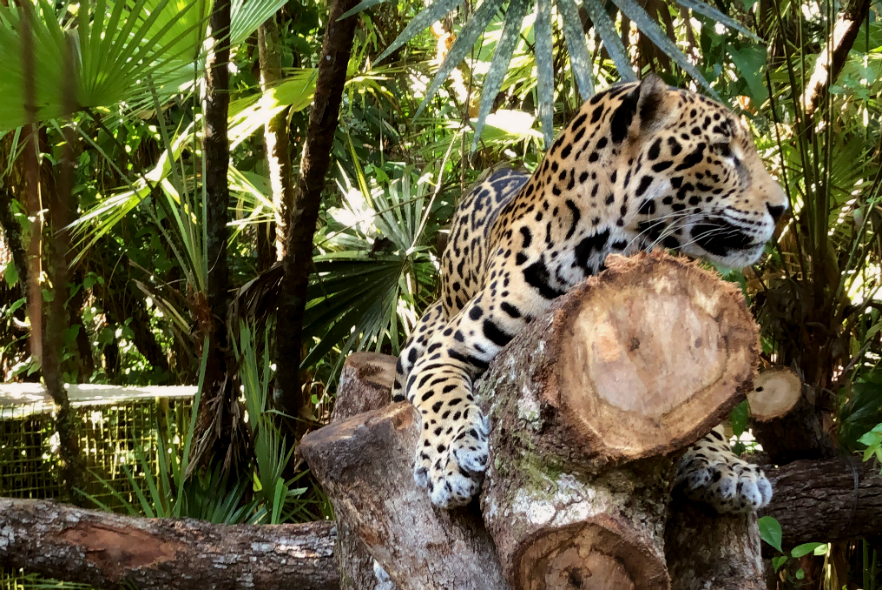
Pod Volunteer Specialist Gemma tells us all about her time volunteering at our Caribbean Wildlife project in Belize.
Waking up to the calls of the parrots I knew I was in tropical paradise! After a hearty breakfast of the infamous fry jack (Belizean doughnuts) and fruit platter I headed over to the Caribbean Wildlife Centre.
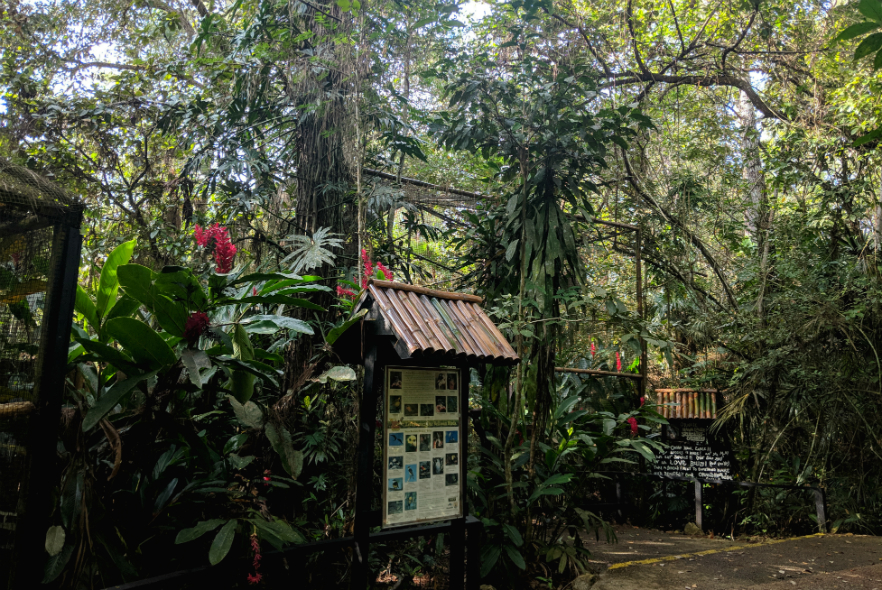
The centre is beautifully designed to ensure that all enclosures are as natural as possible for the animals and for the first day navigating around the winding jungle paths was a bit of a maze (“do I turn left or right at the crocodile to get to the howler monkeys?!”) You quickly learn your way around and the fantastic keeper team are always there to help you get to the right enclosure with the right meal for the animals. I loved working alongside them and learning so much about the different animals, their diets and creating enrichments for them all. Preparing food for over 200 animals is no simple task and as a volunteer you really get to see how your time and effort is directly helping the team. It’s an incredible experience to work so closely with the magnificent animals.
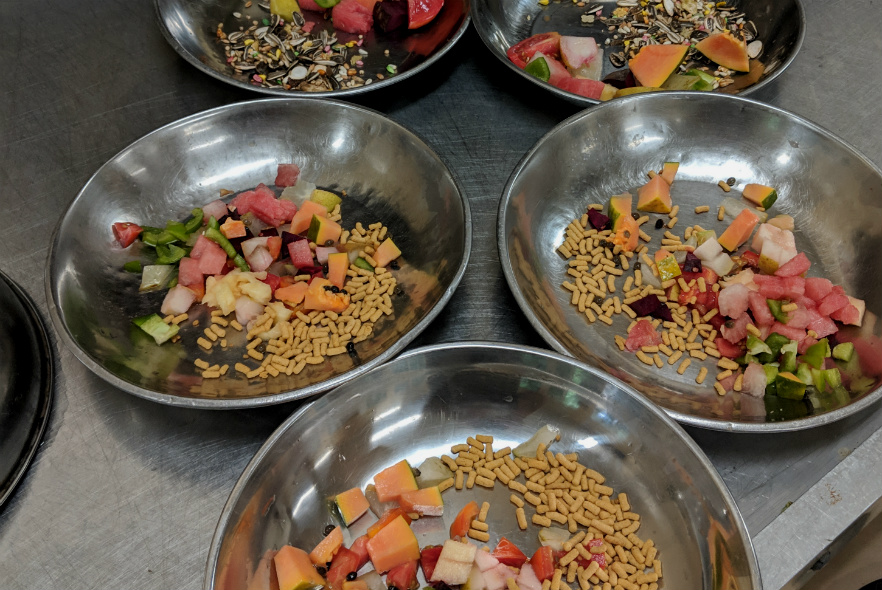
I was thrilled to feed the rescued pumas their evening meal of meat into their enclosure - being so close to such a powerful yet elegant animal was truly breath-taking!
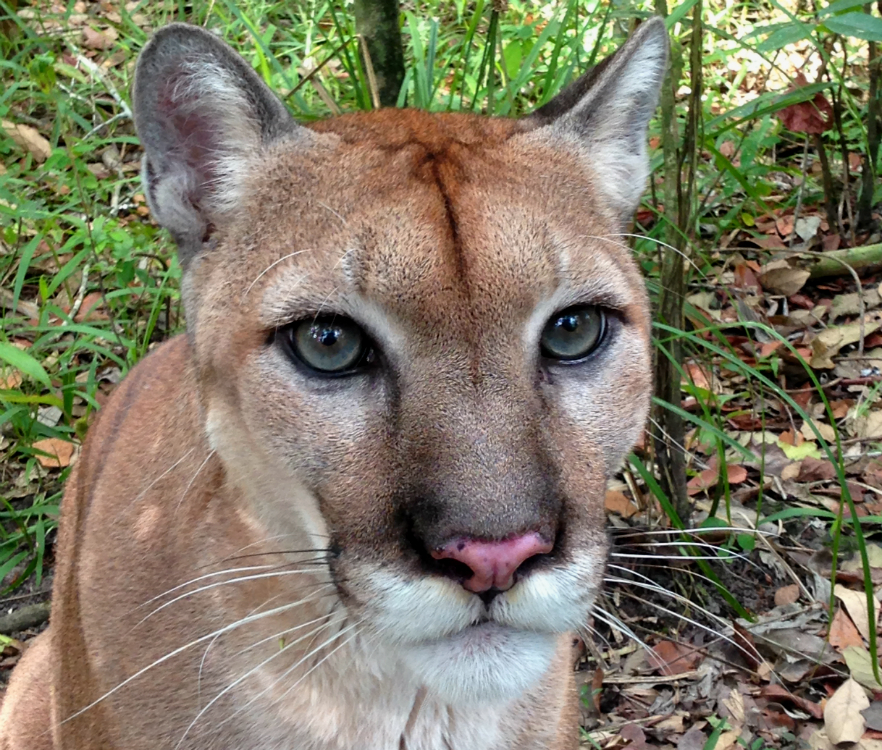
With over 45 species of animals at the centre, it’s hard to pick a favourite but the animals that really stick with me are the jaguars! They are listed as near threatened on the IUCN Red list and are the largest wildcat in the Americas (and third largest cat in the world after the lion and the tiger!).
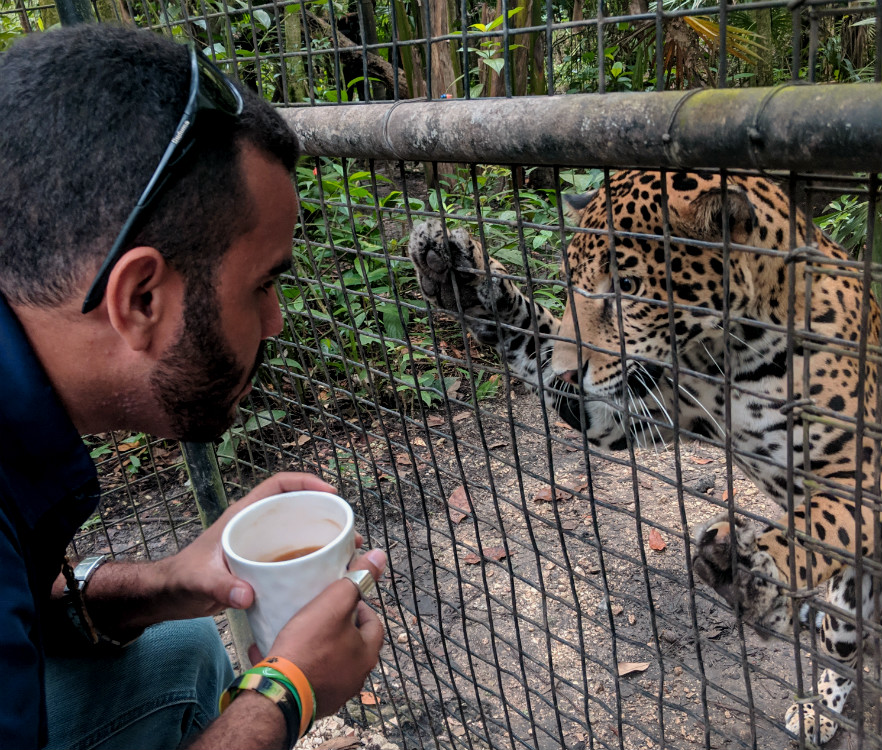
The centre works with the Forest Department to rescue any jaguars which are coming into conflict with communities. When jaguars are injured, old or unwell (so unable to compete for food with healthy jaguars) they often stray into communities and prey on their livestock and pets which are easy meals for them. If the team doesn’t rescue the jaguar, the communities may shoot them to save their own animals. There are some jaguars which visitors can see and learn more about the species and there are some jaguars who live “behind the scenes” who staff and volunteers work with each day.
In the wild jaguars typically live for 10-15 years, compared to in captivity where they often live to 25 years old due to the veterinary care and food they receive. The rosette patterns on a jaguar’s coat are like human finger prints and are always different so are used to tell one jaguar from the other.
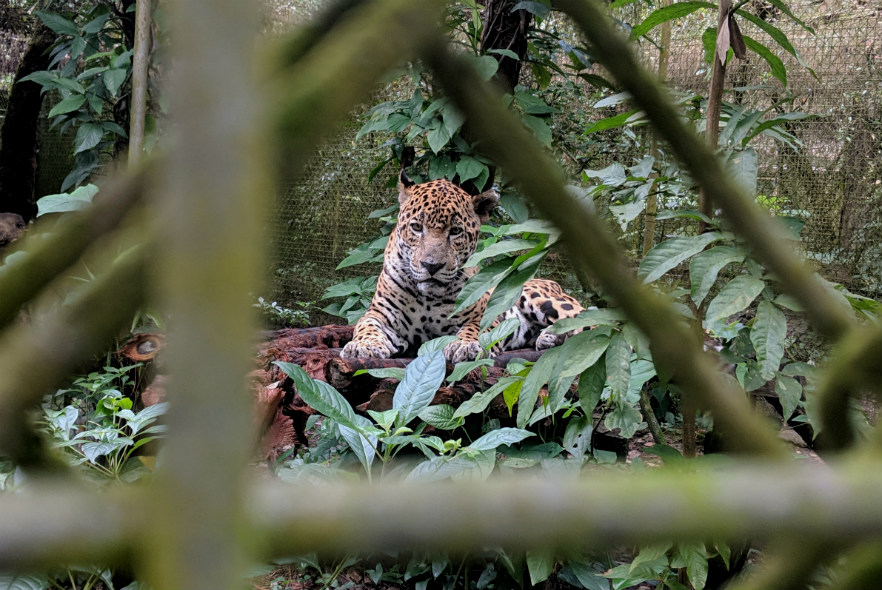
The centre has funded a wildlife conservation corridor to help conserve the environment for wild jaguars too as it provides an important biological connectivity between critical protected areas in Belize.
I learnt so much from the team and it was amazing to help such a vital project which educates the community about the rich wildlife of Belize and helps inspire people to protect and conserve the magnificent little country of Belize!
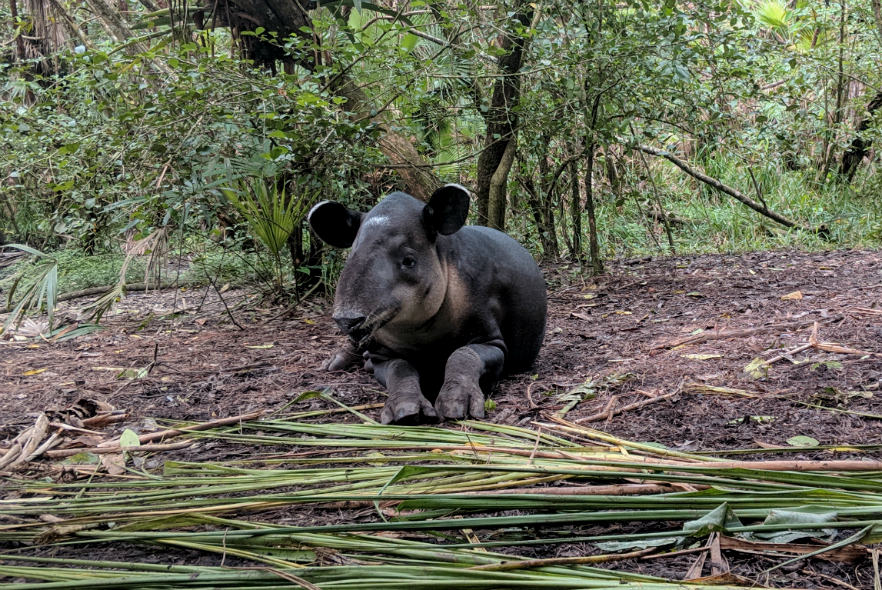
If you would like to meet these incredible animals and learn many more stories of their rescues (including getting to know Fuego, the blind Tapir above) then the next step is to read more about the volunteer role and project here: www.podvolunteer.org/projects/wildlife-belize







